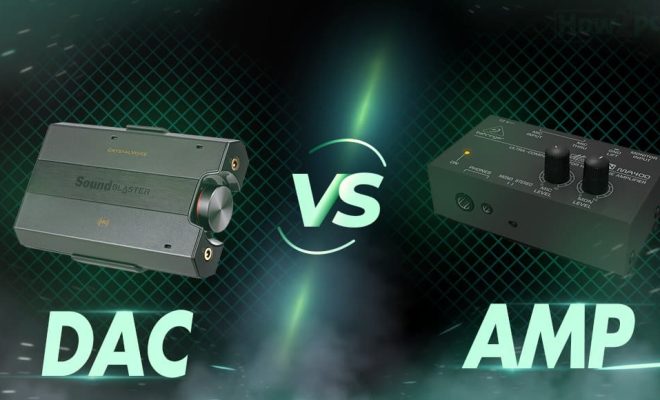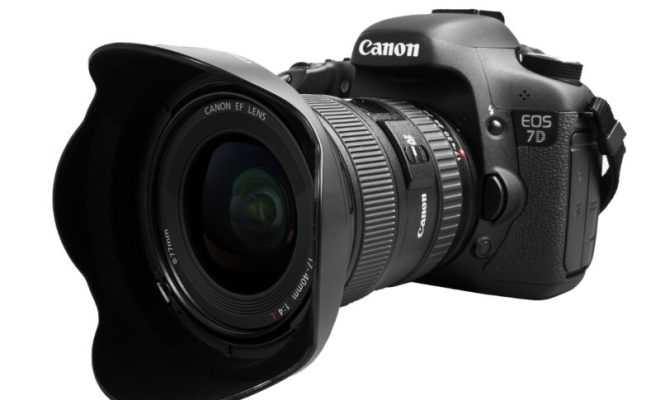DAC vs. Amp: What’s the Difference?

When it comes to high-quality audio playback, there are two essential components in the chain – the Digital to Analog Converter (DAC) and the Amplifier (Amp). They both serve different functions, although they are often combined in a single device. In this article, we will explore the differences between the two and what they bring to the table.
What is a DAC?
A Digital to Analog Converter (DAC) is a device that converts a digital signal, like the ones from your computer or phone, into an analog signal, which can be then amplified and played through your headphones or speakers. An example of a digital signal is a music file, which is simply a series of 1s and 0s, whereas an analog signal is a continuous electrical waveform of varying amplitude and frequency.
A DAC typically accepts a digital signal through USB, Optical, or Coaxial inputs and outputs an analog signal through RCA, XLR, or a headphone jack. The quality of the DAC plays a significant role in determining the overall sound quality of your device. A high-quality DAC will accurately reproduce the original sound, while a poor-quality DAC can distort the signal, leading to a subpar listening experience.
What is an Amp?
An Amplifier (Amp) is a device that takes an analog signal and amplifies it to produce an electrical signal with enough power to drive your speakers or headphones. The amplified signal is sent to the speakers, which vibrate and produce the sound you hear. An amplifier takes the weak signal from input devices and boosts it to a level that can power the speakers, allowing you to hear the music at higher volumes.
An amplifier is an essential part of an audio system as it determines the power output and distortion level of the system. A high-quality amplifier will output clean and stable sound with minimal distortion, while a poor-quality amplifier may produce distorted, noisy sound.
DAC vs. Amp: Which One is More Important?
Both the DAC and the Amp are equally important in an audio playback system. A good quality DAC with a poor quality amplifier will result in subpar audio, just as a high-quality amplifier with a poor-quality DAC will result in distorted sound. Therefore, it is essential to have both components of high-quality to ensure a premium listening experience.
Combining DAC and Amp
Nowadays, many DACs come with an integrated amplifier, and many amplifiers come with a built-in DAC. These units are known as DAC/Amp combos and are widely used in the high-end audio industry.
A DAC/Amp combo ensures that both components are of high quality, and they are designed to work together seamlessly. By having both components in a single unit, it eliminates the need for separate devices, saving you space and money.
In conclusion, the difference between the DAC and Amp is that the DAC converts the digital signal into an analog signal, and the Amp amplifies the signal that is produced by the DAC. Both components are equally important in an audio playback system, and the quality of both components should be taken into consideration when purchasing an audio device. With DAC/Amp combo units, you can ensure that you are getting high-quality components that work together seamlessly, leading to a premium listening experience.




